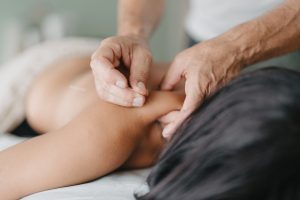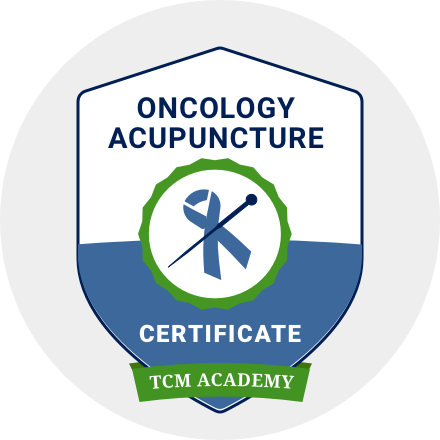What it is – Acupuncture is a procedure in which extremely fine (as small as 0.10mm), sterile needles are inserted into the body at points located near neurovascular bundles, or in trigger and motor points that exist in the muscles.
The practice of acupuncture originated in the Far East and made its way across the world over the course of the past several thousand years. Acupuncture is now practiced in almost every country. Over time, acupuncture has evolved and there are a wide variety of styles.
What it feels like – Patients receiving acupuncture often report a variety of sensations. Some patients do not feel the needles at all, while others might feel a light pressure that subsides quickly. Discomfort with acupuncture is rare, but when it occurs it should fade away in approximately 30 seconds. Many patients report feeling deeply relaxed during the treatment while they rest on a warm treatment table.
What the research shows – When an acupuncture needle is placed into the body, it affects the connective tissue and muscles in which it is lodged. The result is that both local and systemic circulation improve, and there is an improved exchange of gasses (particularly oxygen and nitric oxide) in the body. Nerves are also stimulated, and there is activation of the nerve pathways traveling to the brain and the spinal cord. The treatments have been shown to be helpful for pain, anxiety, and countless issues. Additional information can be found on the modern research of acupuncture and conditions page.
Watch our short video as Riz Lakhani explains how acupuncture works.
Dry Needling
What It Is – Dry Needling is a specialized treatment technique used to relieve muscular pain and improve range of motion. It involves the insertion of thin, sterile needles directly into myofascial trigger points – knots or tight areas within the muscle.
Dry Needling is effective for a variety of conditions, including joint issues, tendonitis, migraines, TMJ disorders, whiplash, repetitive motion disorders such as carpal tunnel syndrome, spinal problems, and pelvic pain. The technique aims to release these knots and alleviate any associated muscle pain or spasms, thereby enhancing flexibility and movement.

What it Feels Like – During a Dry Needling session, you may experience a range of sensations. Initially, when the needle penetrates the skin. Some patients feel a minor prick, while others may not notice the needle’s insertion at all. Once the needle reaches the trigger point, it can cause a brief period of discomfort and a twitch response in the muscle. After the session, it is common to experience a sense of tightness of soreness near the treated area, which typically resolves within 24-48 hours. Most patients find these sensations tolerable and often feel immediate relief from their symptoms following the procedure.
What the Research Shows – Research indicates that Dry Needling can be a highly effective part of a comprehensive treatment plan for muscle recovery and pain management. It works by stimulating trigger points, which helps to restore normal blood supply to the affected areas, thereby flushing out irritating substances and reducing muscle tension. This stimulation can also trigger the release of endorphins, the body’s natural painkillers, offering relief from discomfort. Although Dry Needling is a relatively new technique compared to traditional acupuncture, it is gaining recognition for its effectiveness in treating musculoskeletal conditions and improving patients quality of life.
Your Path to Recovery – At Glenwood Acupuncture, we are committed to providing safe, effective, and personalized care. Dry Needling can be an integral part of your journey to recovery and improved mobility. If you’re interested in exploring the benefits of Dry Needling, contact us to schedule an appointment with our skilled practitioners.




